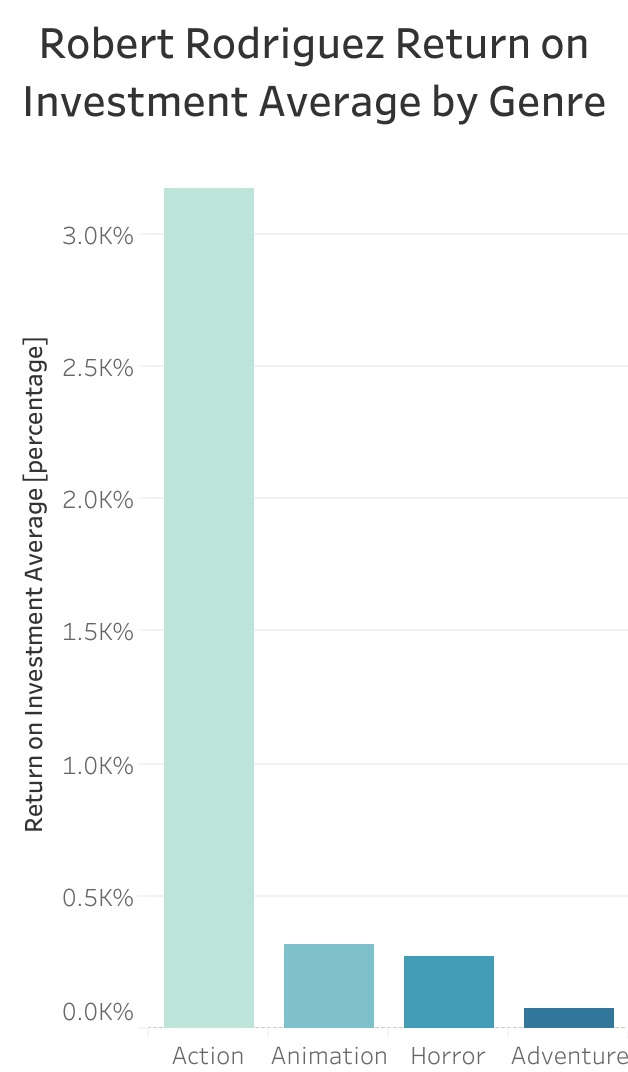
Movie Analysis
By: Forest Eyster
Last Updated: 5/12/2024
Introduction
For this case study, I will be completing a personal analysis of something I always wanted to know. What makes a successful movie? I love watching movies and always wondered what it took to create successful movies like The Godfather, Pulp Fiction, The Dark Knight, and Forrest Gump. Is it the actors, budget, or writing that makes these movies successful? I will be diving into a dataset to find the answer.
Business Task - What are some key contributors to a profitable movie?
Data
I will collect a public dataset from Kaggle. Then use R programming to clean and analyze for this case study. After analysis, I will use Tableau to create my visualizations. Just below is the hyperlink for the dataset used for this analysis. This dataset was created and made available by Daniel Grijalvas. Now, this data was updated two years ago, but is still relevant.
Hyperlink - https://www.kaggle.com/datasets/danielgrijalvas/movies
Now that I have collected my dataset, I need to start setting up my environment in R Studio. The first objective is to set up my project and files and install essential packages to clean and analyze the dataset.
Once the environment is established, I can read my dataset with the read function and explore my dataset.
With a quick look at the data, we can get a slight understanding. We can see the title, rating, genre, year, release date, score, votes, director, writer, star, released country, budget, gross, company, and runtime of the movies. There are a couple of spots where the data is replicated. I need to remove the duplicated and nonessential data for the analysis. I also want to drop empty values so my data analysis is not skewed. A couple of columns need to be renamed appropriately for less confusion. Lastly, I need to reformat my data for manageable analysis.
Now that the data is clean, I can start analyzing the data.
Analysis
First, how do we judge that a movie is successful? Often a successful film is calculated by box office reception and critical reception. Box office reception reports how much the movie made while at the theaters. This shows the appeal of the film. Critical reception is based on the rating received from critics. However, critical reception can be biased and controversial. Critical reception will not be used in this analysis. My focus on judging a successful movie will use gross revenue and return on investment. However, this dataset does not include return on investment or profit margin. We can find the profit margin with a simple calculation by subtracting the budget from gross revenue. Then multiply that number by one hundred, and we can make it a percentage. This will truly show how successful the movie was by money standards.
Now there are a lot of movies so I will limit my graph to the top thirty movies.
With a glance, we can see the top-grossing movies do not have the highest return on investment. Now let us start looking at individual contributors to movies.
Which movie genre has a higher return on investment?
First, we need to group the movies by genre.
I will look at the median return on investment instead of the mean. This will allow me to remove outliers that can skew my analysis, like enormous positive or negative profits.
Now looking at the bar graph, the family genre has the highest profit margin, followed by thriller, horror, and animation. This will allow me to see where to allocate my focus when choosing my theme for a movie.
What directors help achieve the best return on investment?
For the directors, I want to do the same process as the genre. However, I will now focus on the averages of the return on investment.
The reason I chose averages in this situation is because directors could do an amazing or bad job, and this could reflect in the profit. If the director does not excel at his or her job, people might not want to see the movie. I need to count the lows and highs of their careers. I do want to remove some outliers. I don’t want to grab a director who had a nice break for their first and only movie. I want my director to have a collective of past experiences. I will filter the directors who have at least worked on ten or more films.
We can see the top directors that helped acquire a higher return on investment. To analyze the directors further I can view the top five by genre. This will help me select the right director by which genre movie I want to create.
From the graphs above, I can choose the right director for the chosen genre. For example, if I wanted to create a successful family film I would choose Steven Spielberg to direct. He has a good profit margin when directing family films over other genres.
What lead actor helps achieve the best return on investment?
For finding a lead actor I will do the same process as I did to find a director.
For each lead actor, we can see all actors have an excessive return on investment for the comedy genre. However, if I wanted to continue my theme and pick the best actor for a family film, I would have to do more analysis.
Conclusion
We now have a starting point to create a successful movie. We can visualize top-grossing films and their profit margins, illustrating that not all top-grossing movies are equally successful. I broke down the films by genre to determine if any genre offers a superior return on investment. The family genre shows the highest return on investment, though other genres also perform well. Next, we explored the directors to identify those who would align with the selected genre, which could enhance our chances of achieving maximum return on investment. Lastly, we examined which actors might have a similar influence as a director. Even if I choose the actor with the highest return on investment, they may not necessarily fit the vision for the movie I want to produce. Once again, this is merely a beginning in the right direction. With further analysis, I can explore the optimal timing for a movie release or identify which production companies have greater success.
Thank you for your time!





















